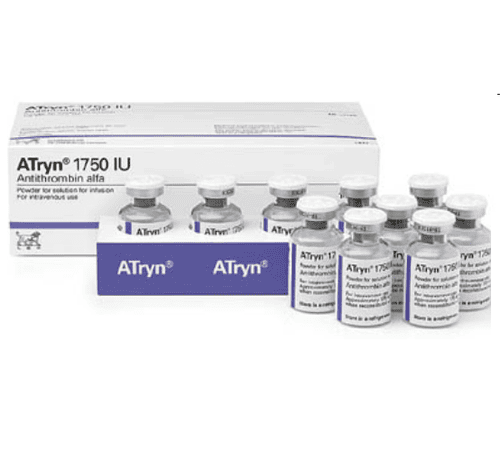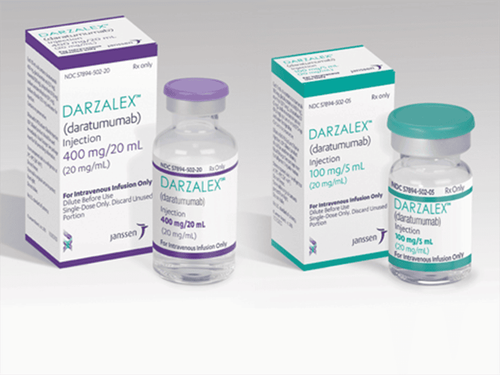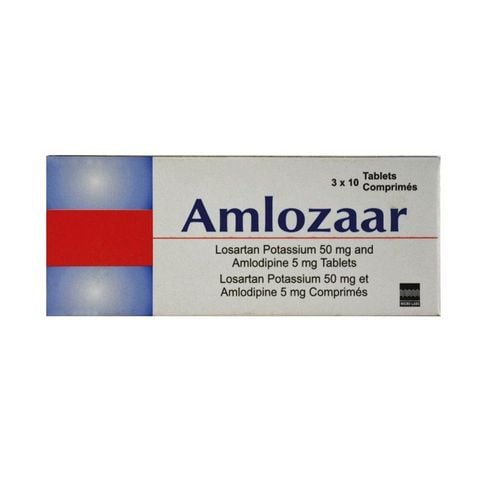This is an automatically translated article.
Posted by Master, Doctor Mai Xuan Thien - Emergency Doctor - Emergency Department - Vinmec Times City International Hospital
Syncope due to vagal reflex is usually not dangerous and does not require any special treatment. However, the person with syncope may be traumatized during the syncope phase, and should be examined to rule out serious causes of syncope such as arrhythmias or CNS causes of syncope.
1. What is vagus reflex syncope?
Vasovagal syncope is a phenomenon that occurs when the body overreacts to a particular stimulus, for example, seeing blood, being too distressed, emotional emotional short-term loss of consciousness. It may also be called neurocardiogenic reflex syncope.
The vagal reflex causes the heart rate and blood pressure to drop suddenly, causing a decrease in cerebral blood flow, causing a short-term loss of consciousness.
Syncope due to vagal reflex is usually not dangerous and does not require any special treatment. However, the person with syncope may be traumatized during the syncope phase, and should be examined to rule out serious causes of syncope such as arrhythmias or CNS causes of syncope.

2. Symptoms of syncope due to vagus reflex
Before the onset of syncope, the victim may have aura symptoms such as:
Pale skin Mild headache Sudden dizziness, impaired vision (sometimes described as darkening of the face, .. .) Nausea Feeling hot, or cold sweats Yawning Blurry vision When fainting, bystanders may see:
Light jerks, or abnormal movements Slow, weak pulse Dilated pupils Fainting due to vagal reflex usually recovers within 1 minute. However, if you get up too soon after fainting (within about 15 to 30 minutes), you run the risk of fainting again.

3. Causes of syncope due to vagus reflex
Syncope due to vagal reflex occurs because part of the nervous system (the part that regulates heart rate, blood pressure) is stimulated by a trigger, such as seeing blood.
Your heart rate will decrease, blood vessels in the extremities (especially the legs) dilate. Causes blood to stagnate in the periphery, causing low blood pressure. The combination of bradycardia and low blood pressure reduces cerebral perfusion rapidly, causing fainting.
Some cases of syncope due to the vagus reflex have no known cause, but common factors include:
Standing for long periods of time Exposure to high temperatures Seeing blood Having blood drawn Fear of trauma Injury Stress, such as straining to have a bowel movement
4. Prevention of syncope due to vagal reflex
If you develop symptoms of pre-syncope (dizziness, darkening of the face, etc.), you should lie down or lie down and elevate your legs. This helps maintain blood flow to the brain. If you can't lie down, you should sit down and keep your head between your knees until you feel better.
Syncope can be a symptom of a serious medical condition, such as a cardiovascular or neurological condition. That's why it's important to get checked out by a hospital for fainting regardless of the cause, especially if you've never had syncope before.
Department of Medical Examination and Internal Medicine - Vinmec International General Hospital holds specialized functions in the examination and treatment of diseases related to the central nervous system (cranial, meninges, brain, cerebral blood vessels, nerves in the skull, pituitary gland, spine, discs, spinal cord) and peripheral nervous system (nerves and ganglia outside the brain and spinal cord).
Please dial HOTLINE for more information or register for an appointment HERE. Download MyVinmec app to make appointments faster and to manage your bookings easily.














